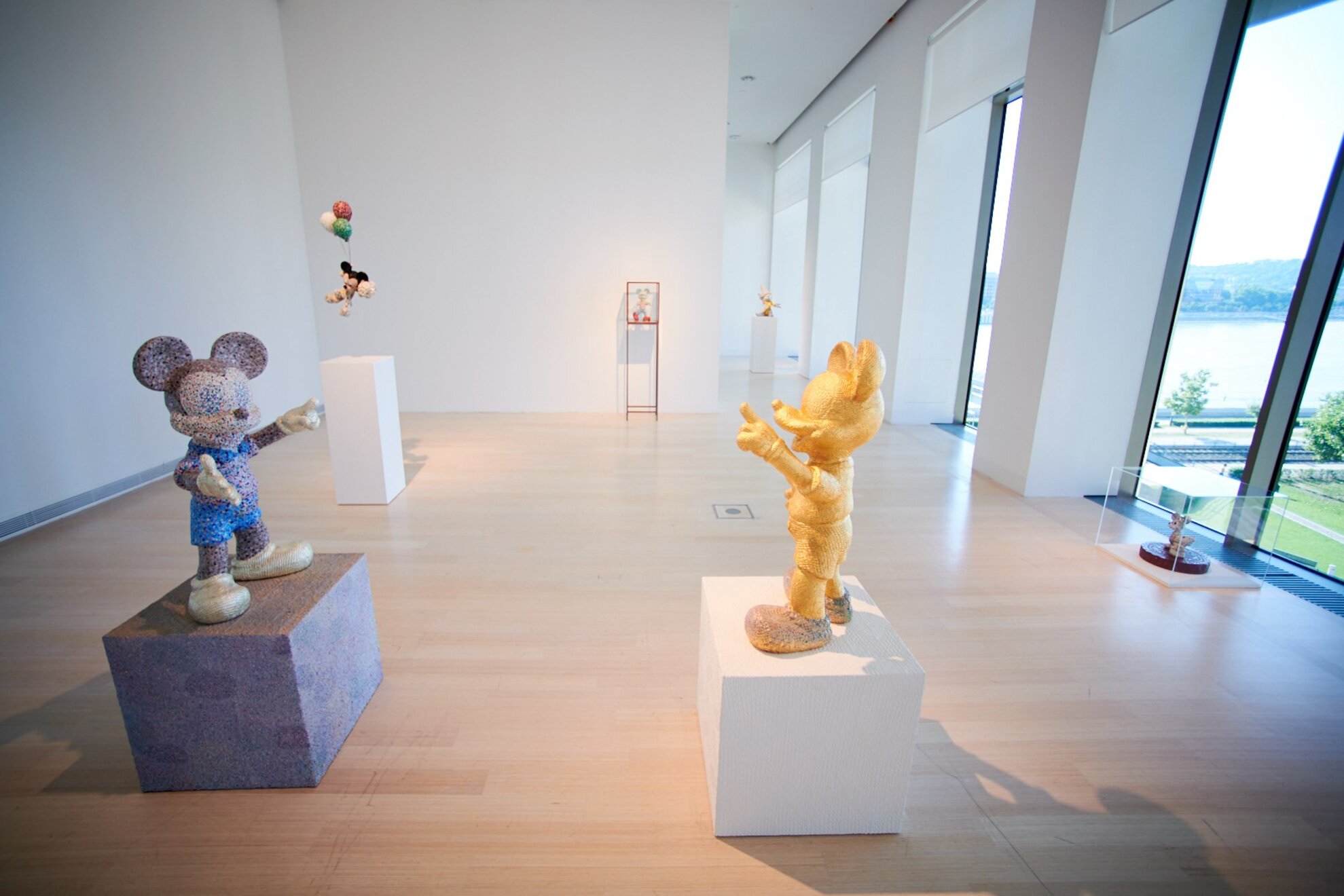As a 19-year-old boy, Havadtoy became a dissident in Yugoslavia in 1971, when his own tale really began. First he tried his luck in England and then in New York, where he became self-styled in interior designer. In 1975, he opened his own business, where one day Yoko Ono and John Lennon came in. From there, Sam took care of how their home looked, but his role was much more than that, thanks to their orders and friendships that opened the way into leading art circles. For example, Andy Warhol himself talked to the young artist and Havadtoy worked as an interior designer for Keith Haring. At the current Ludwig show, you can see the two-winged altar that Havadtoy created for Haring.

When talking about Sam Havadtoy, his relationship with Yoko Ono is always mentioned. Eighteen years his senior, Yoko developed a deep friendship with Havadtoy that lasted 20 years. Yoko Ono opened his eyes to contemporary art when she took him to MOMA and showed him her favourite Picassos and Duchamps. Although he painted earlier, Sam Havadtoy began to work as a serious fine artist in the 1980s.

Since the beginning of the 2000s, he began to cover his objects and his writings with lace, as if he wanted to hide, conceal and wrap up everything – or cover it in old lace. Many of us would be curious about his stories, but if we want to hear tales about the New York art world, we are looking in the wrong place. Sam is discreet, the stories are hidden under lace. At the show, we can see video action on the occasion of his 60th birthday, when he grabbed a picture of Yoko Ono, and using screen technology, copied her last letter, covered it with lace and painted it – finally managing to process the story of their break-up.

The exhibition is organised around the 20 years spent in New York City with Yoko. As its title suggests, chess is an important motif. A series of 41 paintings displays shades of white, inspired by the 41-step battle between Bobby Fischer and Boris Spassky during a famous match in 1972. But chess is more symbolic for Havadtoy. He taught Yoko how to play, taking the board everywhere, playing three times a day. Chess was an emotional link between them, but Sam realised many years later that the relationship was more about who was winning. ‘For a long time, I thought I was the loser in the game, but I realised I was the winner,’ he told those gathered for the showcase exhibition tour for insiders.

Not all the artworks are Yoko-related. Also featured is a striking series of doors, created for an exhibition in Italy. Although Havadtoy is an atheist, his explanation is that it has a religious theme: 14 lace-covered doors evoke the stations of the cross, with Budapest not included. The exhibition includes pictorial distortions influenced by André Kertész's female nudes, as well as Disney characters like Mickey Mouse wrapped in lace (and thus post-war American identity), and a Fiat 500 wrapped in lace, an iconic symbol of Italian culture. Its logbook shows it was purchased in Rome – by a Hungarian. But the first thing you see in the exhibition is a huge carpet: The Memory of Love.

This is not Havadtoy’s only exhibition in Budapest this summer. The Ferenczy Museum Centre in Szentendre is showing new works by the artist while the Kálmán Makláry Gallery in the city centre has a display of his prints. Since many exhibits are particularly interesting because of their background, we suggest a visit to the Ludwig Museum or this video on YouTube.
‘Knight move – Sam Havadtoy in New York’ at the Ludwig Museum District IX, Komor Marcell utca 1
Open: Tue-Sun 10am-6pm, until Sept 2nd




